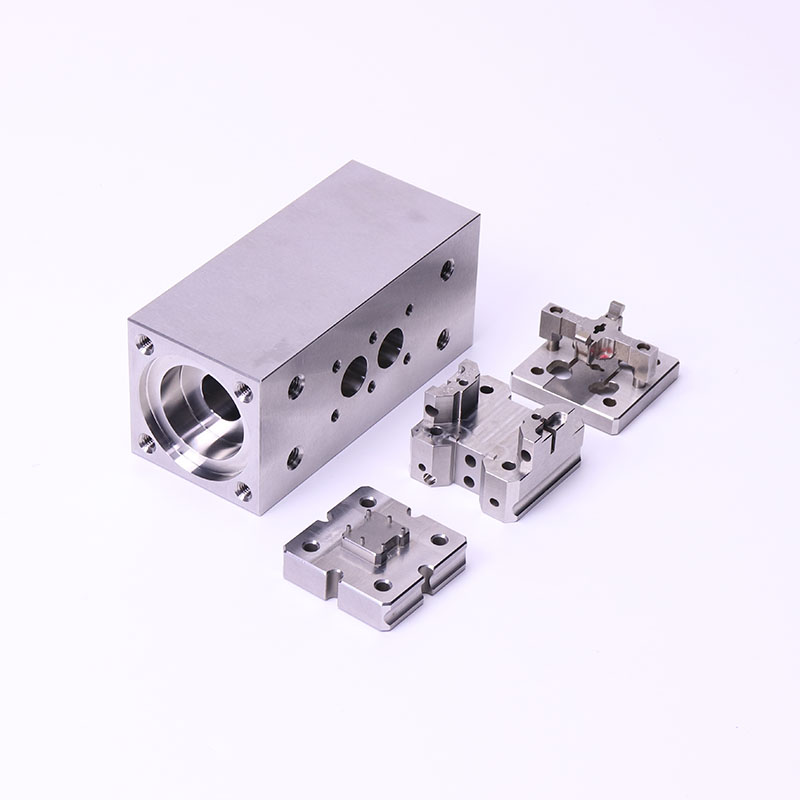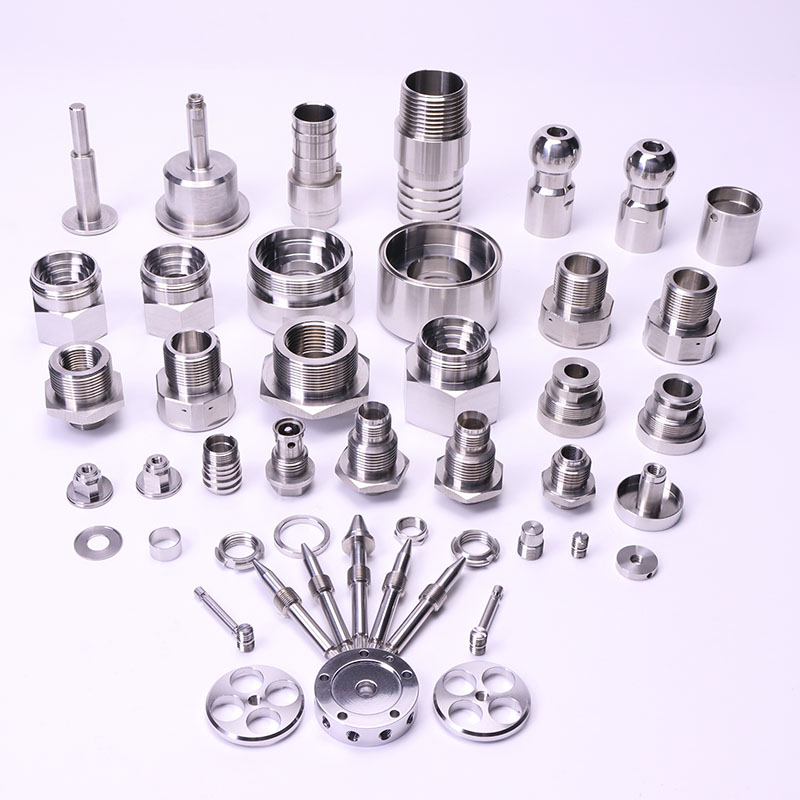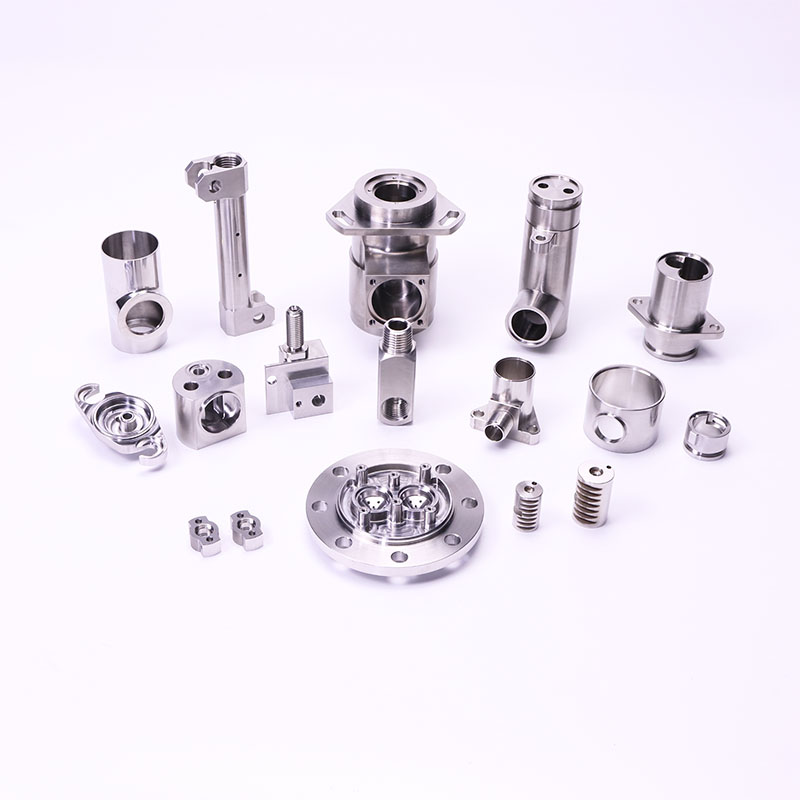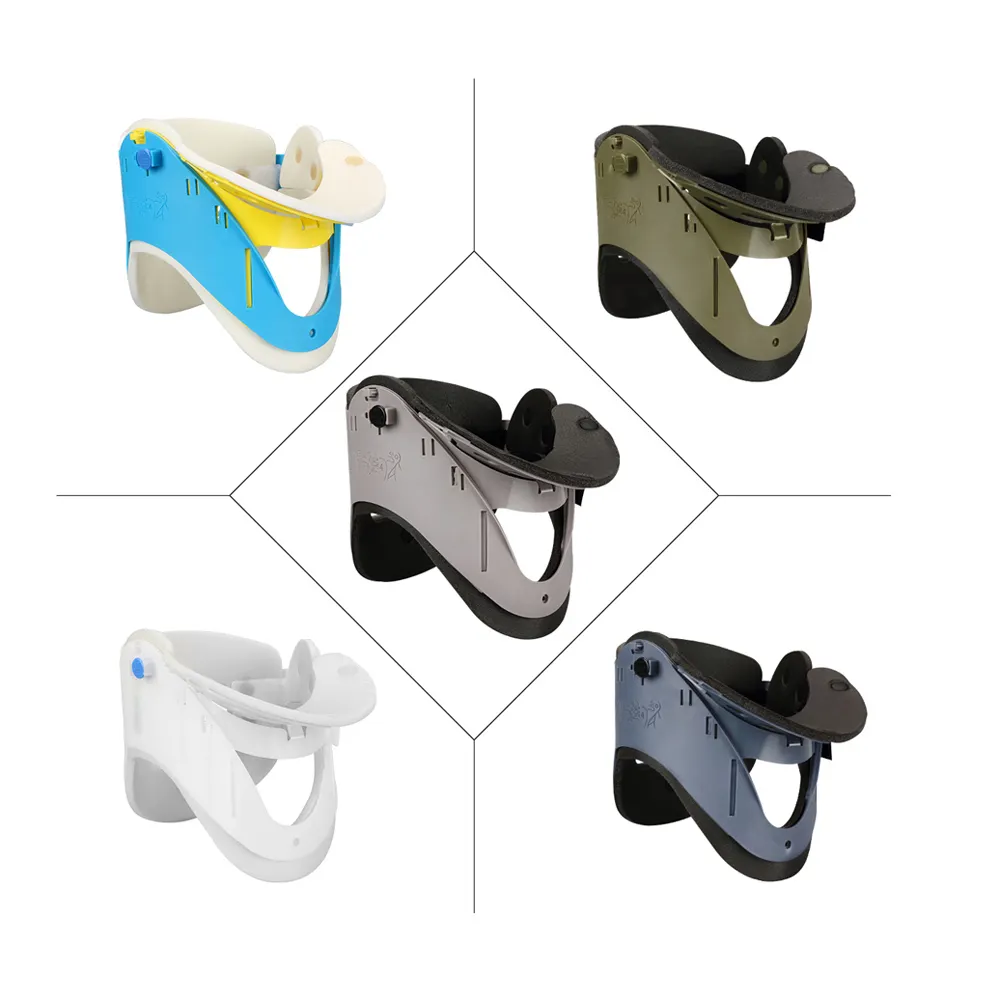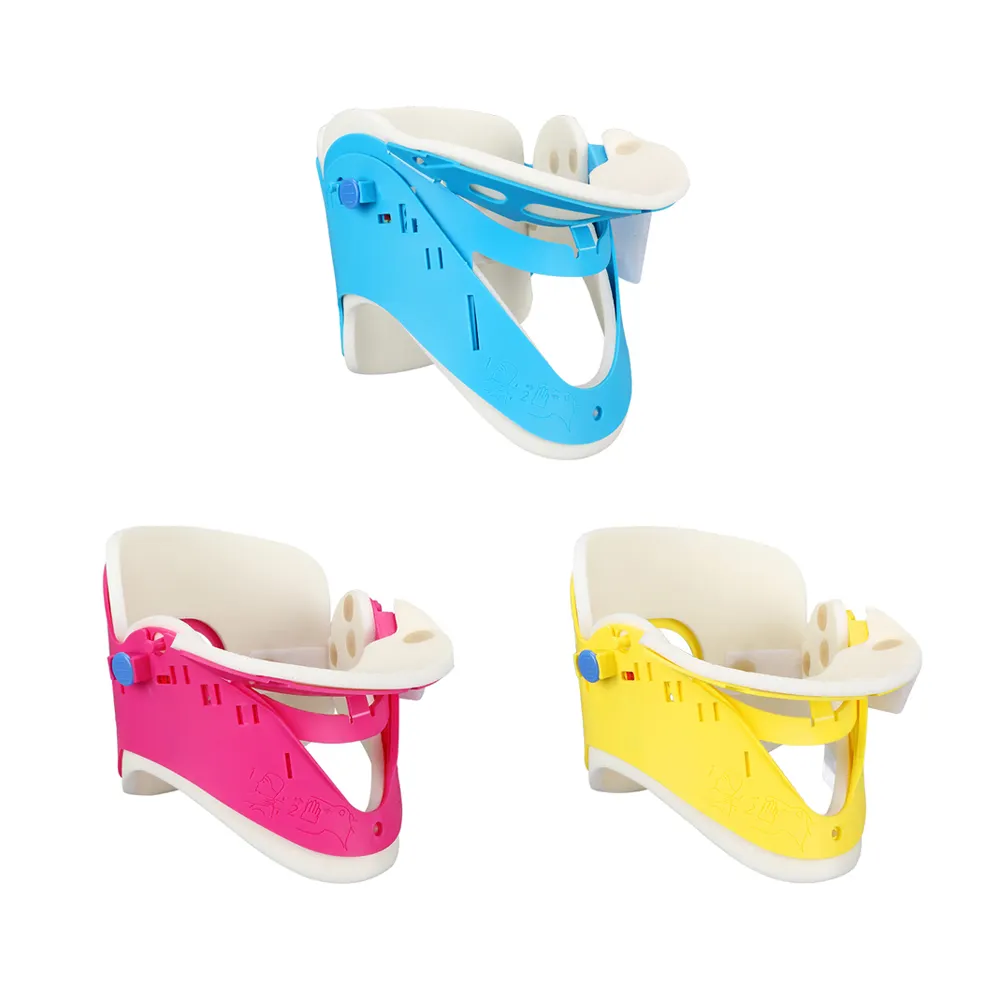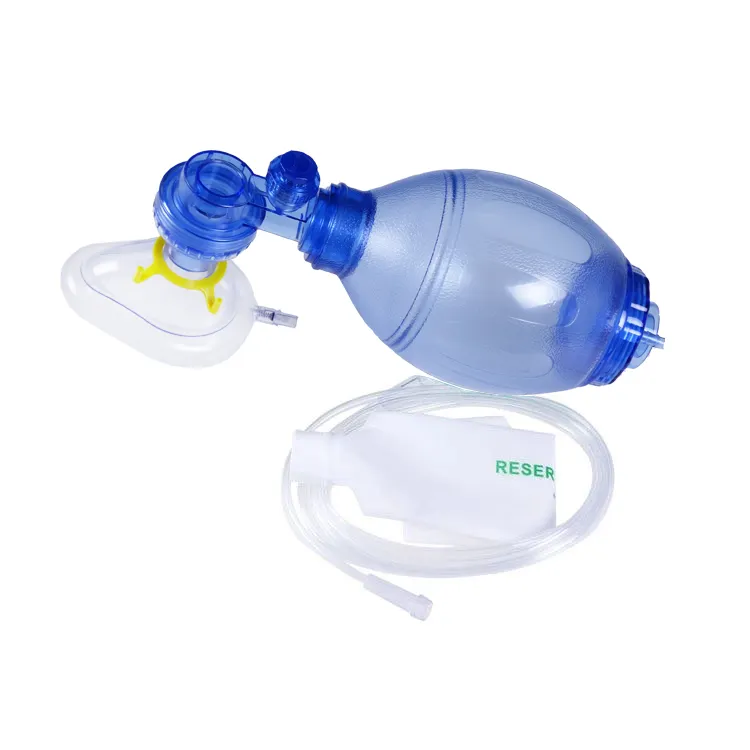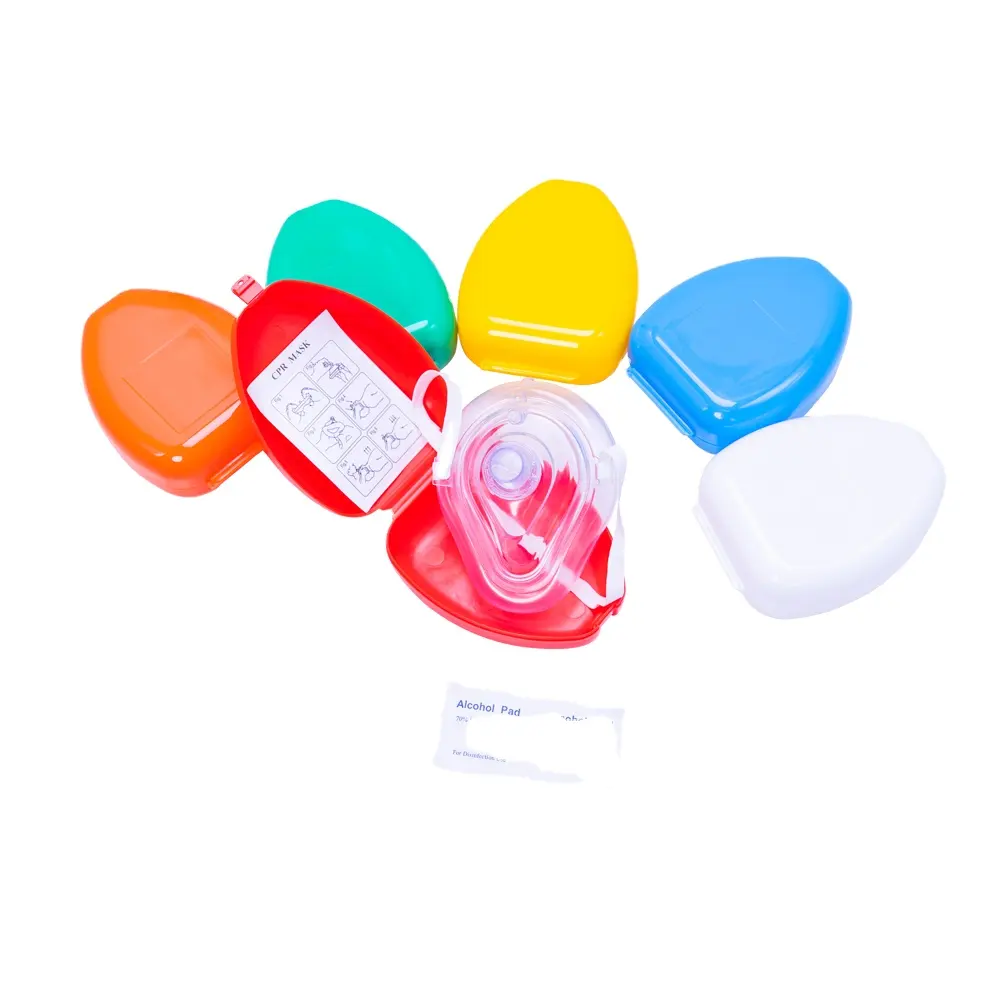Exploring Bio-inspired Solutions for Surface Wetting and Adhesion Control in Surgical Instruments and Wearables
Abstract
In the realm of precision medical devices, ensuring the reliability of instruments that interact directly with human tissues and cells is paramount. These devices face mechanical challenges, such as friction, adhesion, and wetting, that affect their performance and longevity. This article explores bio-inspired surface engineering solutions that address these issues, providing insights into how materials and surface structures inspired by nature can enhance the functionality of surgical tools and wearable sensors. By focusing on the unique demands of medical instruments, this piece delves into the future of precision medical device manufacturing, offering potential solutions to the pressing challenges of mechanical reliability and performance.
Introduction
Precision medical devices, including surgical tools, diagnostic instruments, and wearable sensors, play an integral role in modern healthcare. Their accuracy, reliability, and functionality directly impact patient outcomes, making them a critical aspect of medical technology. These devices often need to interact with human tissues, biological fluids, and cells, creating a complex environment for performance. One of the most significant challenges faced by these devices is ensuring mechanical reliability in the form of minimal friction, adhesion control, and effective wetting properties.
This article examines how bio-inspired engineering solutions can help overcome these mechanical reliability issues, particularly through the design of specialized surfaces that interact optimally with biological environments. Drawing inspiration from nature, researchers are discovering ways to design medical device surfaces that offer enhanced performance under challenging conditions. These bio-inspired solutions are essential in the ongoing effort to develop the next generation of medical devices that meet the increasing demands of precision medicine.
1. The Challenges of Mechanical Reliability in Precision Medical Devices
1.1. The Role of Human-Contact Surfaces
Medical instruments are designed to make direct contact with human tissues during surgeries, diagnostics, and treatments. For example, wearable sensors, which monitor vital signs, and surgical tools like scalpels or electrocoagulation hooks, all face unique challenges when interacting with biological environments. These devices must exhibit certain mechanical properties to perform reliably without causing harm to the body. Specifically, managing friction, adhesion, and wetting at the interfaces of these devices is crucial.
Human-contact surfaces in precision medical devices need to be highly resistant to wear and tear while maintaining functionality. Friction, in particular, can cause discomfort during long-term use or surgeries, while unwanted adhesion may hinder the proper functioning of surgical tools. Medical instruments such as electrosurgical knives and wearable sensors need to function smoothly, even under high stress and prolonged use.
1.2. The Importance of Wetting and Adhesion Control
Wetting refers to the ability of a liquid (e.g., bodily fluids or medical adhesives) to spread across a surface, while adhesion relates to how well the surface holds onto materials. In surgical tools, managing these properties ensures that they do not stick to biological tissues, which can lead to complications. For example, surgical scissors or electrosurgical hooks must prevent adhesion to biological tissues to avoid damage or unnecessary friction during surgery.
In wearable medical devices, maintaining a reliable wetting balance is equally important. These devices often need to stick to the skin for extended periods, requiring surfaces that can secure attachment in various wet environments (e.g., sweat, moisture). These challenges require sophisticated materials and surface structures capable of functioning under diverse mechanical and biological conditions.
2. Bio-inspired Solutions for Surface Engineering
2.1. Nature's Role in Engineering Design
Bio-inspired surface engineering has emerged as a promising solution to the challenges faced by precision medical devices. By mimicking natural materials and surface structures, scientists and engineers are developing new ways to enhance the performance of medical instruments. Notable examples from nature, such as the tree frog's toe pads and the Nepenthes plant's peristome, have inspired innovative designs in medical device surfaces.
For instance, the tree frog's toe pad, which enables the frog to cling to wet surfaces, offers insights into designing surfaces with strong wet attachment properties. Similarly, the Nepenthes plant, known for its ultra-slippery surface at the oral edge of its peristome, offers a model for creating anti-adhesion surfaces that are particularly useful for surgical tools.
2.2. Techniques for Surface Fabrication
Researchers have applied micro- and nano-fabrication techniques to create these bio-inspired surfaces. Processes such as self-assembly, microstructuring, and nanotexturing allow for the design of surfaces with unique properties, including enhanced adhesion or reduced friction. These techniques enable the creation of materials that replicate the natural abilities of wet adhesion or ultra-slick interfaces, which are crucial for both surgical tools and wearable sensors.
For example, in the case of electrosurgical instruments, surface structures that reduce adhesion to tissues while maintaining high performance under electrical currents are being developed. The combination of bio-inspired structures and advanced materials has the potential to revolutionize the performance of precision medical devices, offering a more reliable and functional solution to the challenges posed by mechanical stress.
3. Overcoming the Technical Bottleneck: Scaling Up Bio-inspired Designs
3.1. From Laboratory to Mass Production
While bio-inspired surface engineering holds tremendous promise, scaling these designs for mass production remains a significant technical bottleneck. The methods used to create these intricate surfaces in a lab environment may not always translate to large-scale manufacturing processes. Precision medical devices require manufacturing methods that are cost-effective, scalable, and capable of maintaining the quality of bio-inspired surfaces across large batches of devices.
One of the challenges in scaling these techniques is the complexity of the fabrication processes. Many bio-inspired surfaces rely on micro- and nano-scale features, which require precise control over the fabrication environment. In addition, integrating these advanced surfaces into existing medical device production lines, which often use conventional manufacturing methods, presents significant challenges.
3.2. Future of Bio-inspired Surface Technologies
The future of bio-inspired surface engineering for precision medical devices lies in overcoming these challenges. Advances in automation, 3D printing, and scalable microfabrication techniques could offer solutions to these issues, allowing for the mass production of high-performance medical devices with bio-inspired surfaces. In the coming years, we may see an increase in the adoption of bio-inspired materials and surface treatments, driving the development of more reliable and effective precision medical devices.
4. Conclusion
The demand for precision medical devices is growing, and as these devices become more integrated into healthcare, ensuring their mechanical reliability is crucial. Bio-inspired surface engineering offers a promising solution to overcome the challenges of friction, adhesion, and wetting at human-contact interfaces. By mimicking nature's designs, scientists are developing new materials and technologies that can improve the functionality of surgical tools and wearable sensors. However, the path from laboratory-scale designs to mass production remains a significant hurdle. As technology advances, we can expect to see more reliable, cost-effective, and high-performing precision medical devices that better meet the demands of modern healthcare.
References
Wang, Z., & Zhang, J. (2020). "Bio-inspired materials for precision medicine applications." Journal of Materials Science, 56(2), 1101-1115.
Liu, G., Guo, Y., & Zhang, L. (2021). "Mechanical challenges in medical device interfaces." Mechanical Engineering Review, 45(8), 1232-1240.
Smith, T., & Johnson, M. (2019). "Surface modifications in medical devices." Biomedical Engineering Journal, 12(5), 450-460.
FAQs
What are precision medical devices?
Precision medical devices are tools designed for specific medical applications, offering high accuracy and reliability, such as surgical instruments and wearable sensors.How does bio-inspired surface engineering benefit medical devices?
Bio-inspired surface engineering helps create surfaces that mimic natural properties, enhancing adhesion control and reducing friction, improving the performance of medical tools.What challenges do precision medical devices face in human-contact surfaces?
The primary challenges include managing friction, adhesion, and wetting properties to ensure the devices perform well without causing harm or discomfort.Can bio-inspired surfaces be scaled for mass production?
While bio-inspired surfaces show great promise, scaling up these designs for mass production remains a challenge due to the complexity of fabrication and manufacturing processes.What is the future of precision medical devices?
The future involves overcoming manufacturing challenges and adopting new fabrication techniques to produce cost-effective, reliable, and high-performance medical devices.

